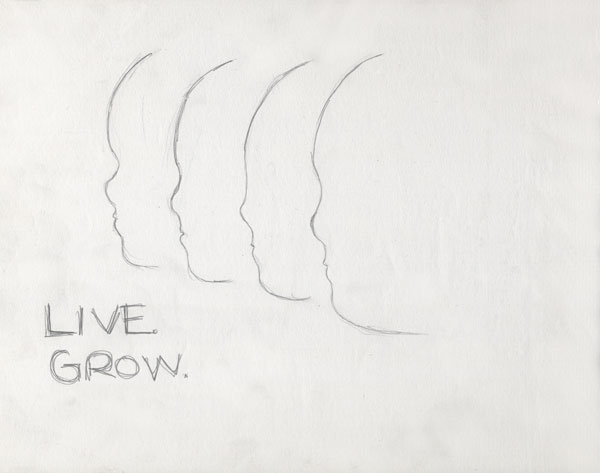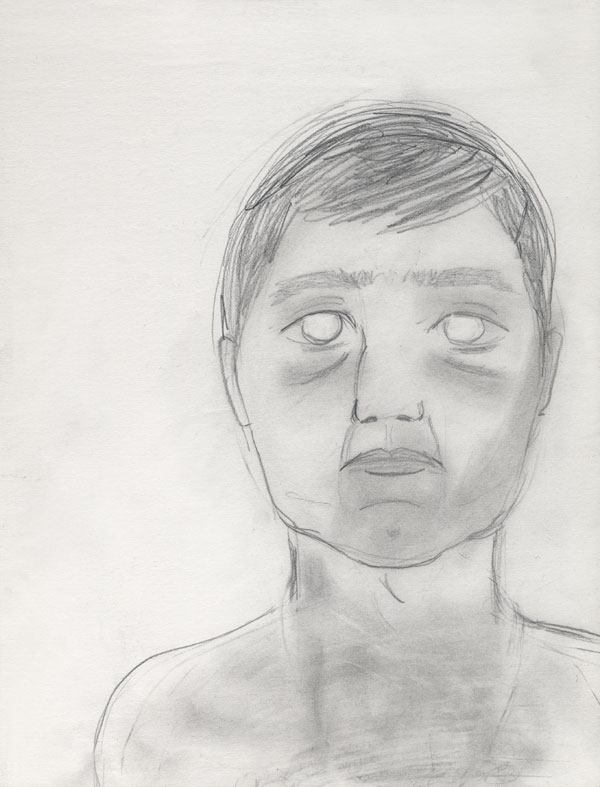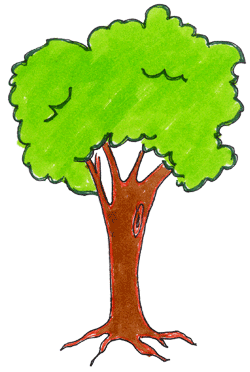HOW TO GET THROUGH IT
Since chronic pain has to do with both the brain and the body, it is important your treatments are focused on both the brain and the body. In my experience, staying away from medication unless necessary is most beneficial. That way, you give your body a chance to restore its normal pain system as naturally as possible.
Individual psychotherapy can be a very helpful resource that most probably wouldn't consider to be practical in healing pain. But, since pain can be triggered by memories, emotions, and feelings, psychotherapy can be effective. Individual psychotherapy is when you get together with a therapist and just talk about you. It is meant to help you get a handle on your pain through your feelings.

I drew this before I was completely healed, when all I wanted to do was live my life and grow like a normal person.
Family therapy can be just as important in overcoming your chronic pain as going through individual therapy. That is when -- instead of one-on-one talking with your therapist -- you go with your family. The therapist aids you in understanding and communicating with each other. It can help get your family closer together and help you get along.
Physical therapy is doing a variety of different and specific activities and exercises to strengthen your body, to not only heal your previous injury, but to also prevent future injuries.
Yoga can be done in a group or individually. There are many types of yoga, but the most helpful when dealing with chronic pain is Iyengar yoga. While doing the poses and calming breathing techniques, it is a way to stay athletic and in shape without the activity being too strenuous on your body.
Biofeedback teaches you to change your body's physical reactions such as anxiety, pain, etc., by using a line on a computer or a tone that you can hear. As you train your body's responses, the signal will change or get softer as your muscles relax.
Hypnotherapy is when a hypnotherapist aids you to get so relaxed that you can plan what you are going to do when you have a pain flare-up. It is a state of complacency in which you and your hypnotherapist have complete control over the situation you are imagining in your mind. It is often accompanied by calming music or breathing techniques.
Art therapy helps you express yourself through collages, paintings, drawings, and other types of art. The art therapist routinely gives you a vague assignment that you create however you feel is appropriate. The therapist then interprets it and tries to help you get in touch with feelings that you might not have expressed as openly in just a normal conversation with him or her.
Music therapy is also a type of expression, but by using music. It incorporates song recording, breathing techniques, and relaxation.
Acupuncture is when hair-thin needles are used to get your body balanced and calm. You can barely feel the needles -- if at all -- and it is a great way to reset your body and to feel relaxed.
Craniosacral massage is a type of therapy that soothes pain, diminishes stress, and calms one down. It enhances body behavior by relieving anxiety and strain. The therapy is a delicate massage that improves your body's harmony and mobility so that it can heal itself.
Medication management is when you go to a psychopharmacologist or psychiatrist to help find the proper medication to help your body regain its normal functions. They are specially trained to listen to your symptoms and to prescribe you specific medication that they feel will help you.

This is how I felt when I was on medicine. I looked fine on the outside, but in my eyes you could tell something was wrong and that I was empty inside.
